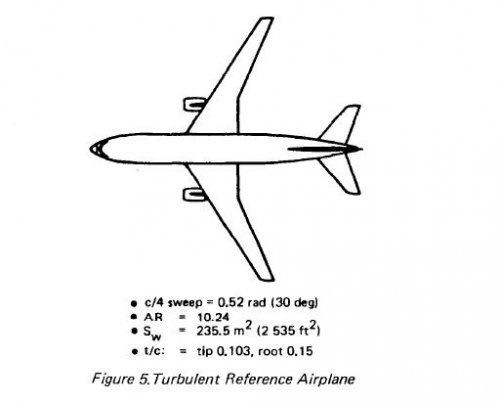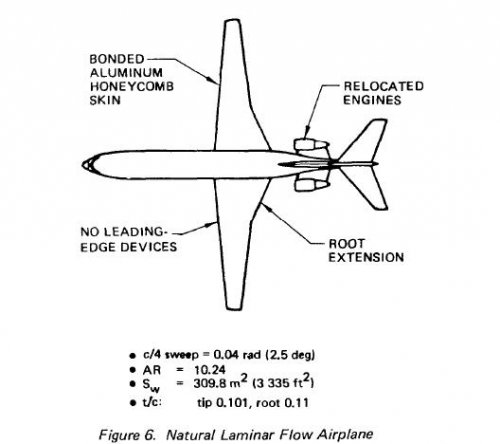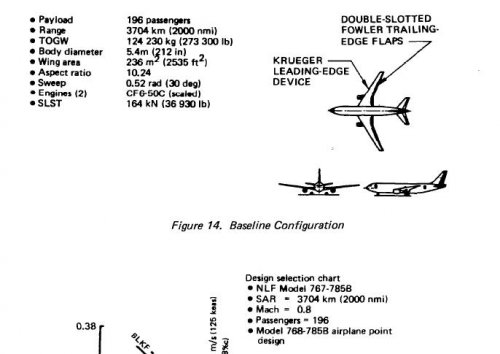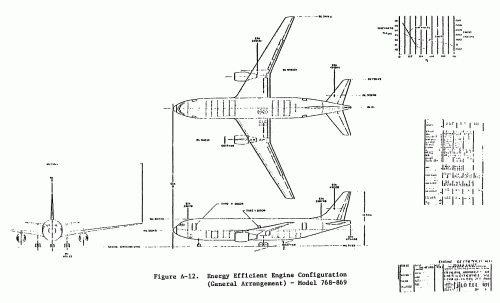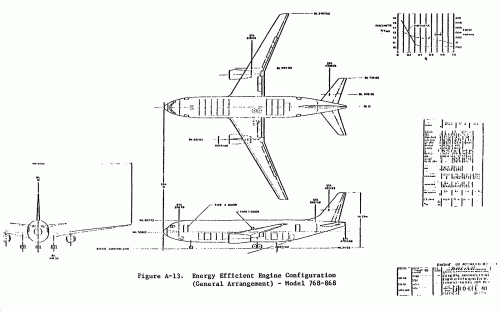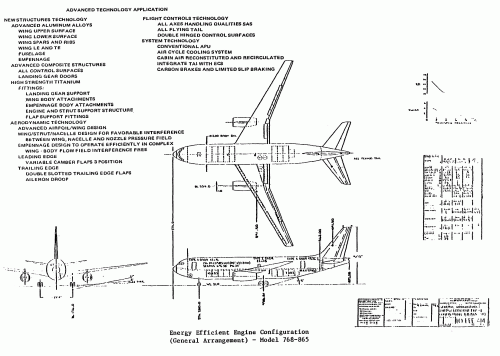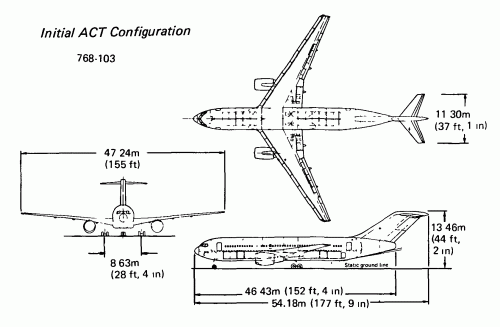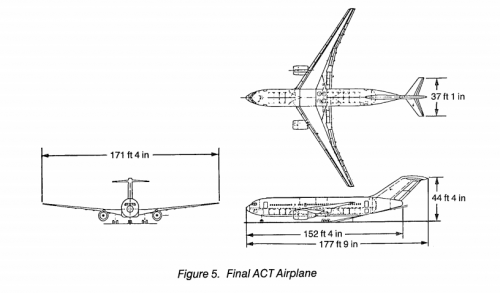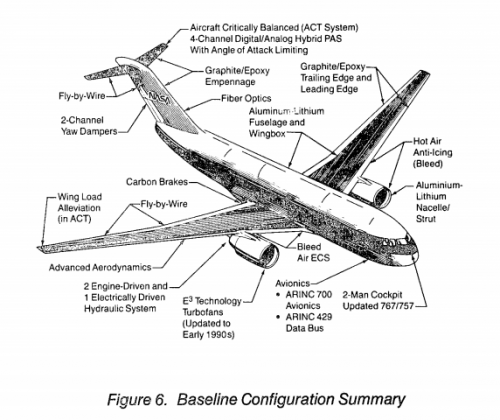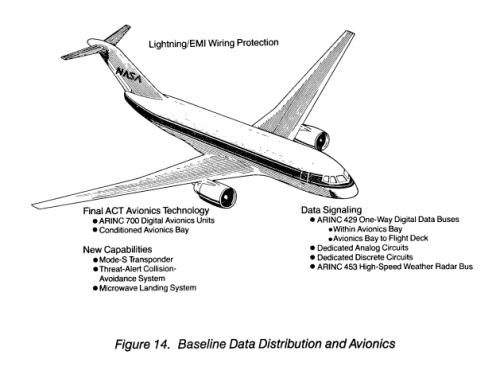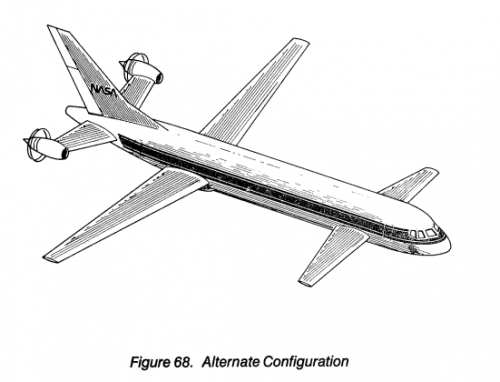This report documents the first active controls configuration task of the "Integrated Application of Active Controls (IAAC) Technology to Advanced Subsonic Transports"
Project. The performance and economic benefits of a constrained application of Active Controls Technology (ACT) are identified, and the approach to airplane design
is established for subsequent steps leading to the development of a less constrained Final ACT Configuration. The active controls configurations are measured against the
Conventional Baseline Configuration, a state-of-the-art transport selected and defined in a previous task, to determine whether the performance and economic changes
resulting from ACT merit proceeding with the project. The technology established by the Conventional Baseline Configuration was held constant except for the addition of
ACT. The wing, with the same planform, was moved forward on the Initial ACT Configuration to move the loading range aft relative to the wing mean aerodynamic
chord. Wing trailmg-edge surfaces and surface controls also were reconfigured for load alleviation and structural stabilization.

